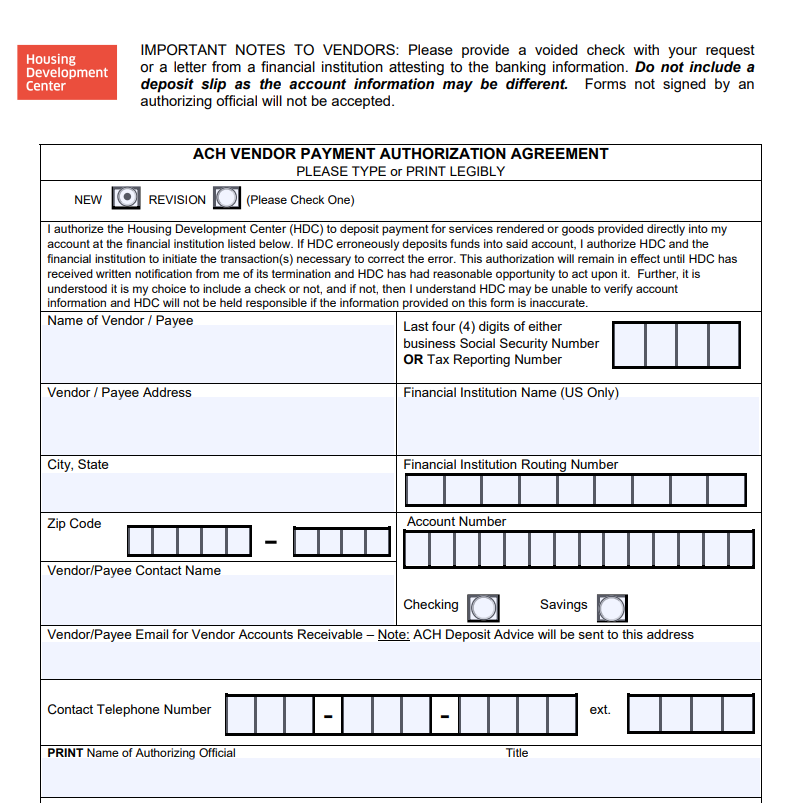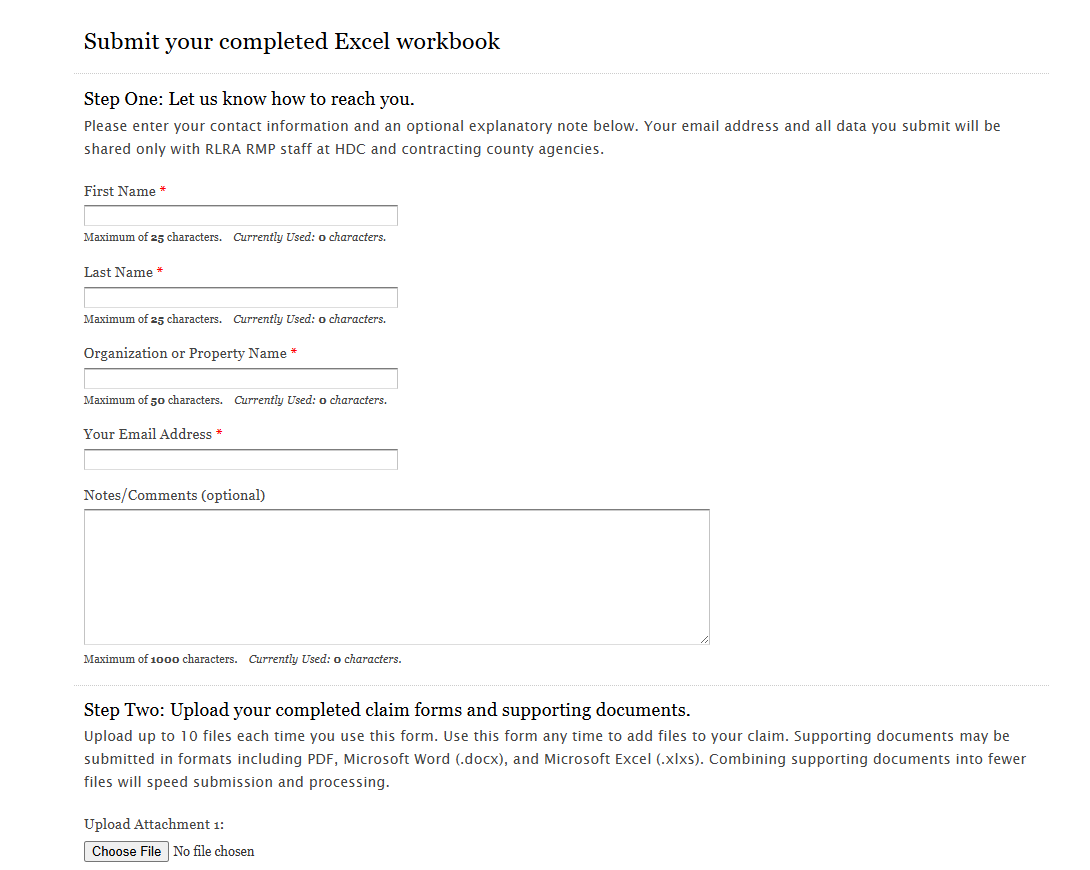This guide to the RLRA Risk Mitigation Program(RMP) is a resource and training tool for property owners & managers and supportive housing service providers working with RLRA.
Overview
RLRA Risk Mitigation Program
What is it?
The RLRA Risk Mitigation program is a financial protection offered to property owners and managers to reimburse costs created by RLRA households. It also functions as a barrier reduction tool for households and eviction prevention tool.
The RLRA RMP is
Financial Protection
Eviction Prevention
Barrier Reduction
Rent/Utility Assistance
FAQ available at bottom of page
Who gets the money?
The funds are a reimbursement to properties for costs incurred or owed by the RLRA household. This removes the balance for the household and enables properties to mitigate costs.
Maximum amount is $5000
up to $25,000 for multi-unit claims
Property receives funds as reimbursement
For all claims under the $5000 limit, a 5% administration cost is added to the claim.
Example
Claim Amount: $1000
5% of $1000 = $50
Reimbursement amount: $1050
When to Use the RLRA RMP
Funds can be accessed during and after tenancy. Almost anytime money is owed to a property by an RLRA household, likely the RMP can be used to pay some or all of the balance.
Most Common Examples
Past due rent or utilities
Unit/common area damages
Appliance damage/replacement
Funded by: Metro SHS Measure
Managed by: Housing Development Center (HDC)
Property Eligibility
A property must be currently renting or have rented to an RLRA household within the past 12 months. Funds are only eligible for costs incurred by the RLRA household and cannot be used to pay any entity other than the property.
If the answers to the following questions are yes, you are likely eligible to file a claim.
Do you rent to an RLRA Household?
Does that household owe money to the property?
Claim Limits
Single Unit Claim
The maximum amount for a single unit, regardless of size, is $5000 per tenancy.
Multi-unit Claim
Claims where more than one unit was affected are eligible for $5000 per unit with a maximum of $25,000.
Two Types of Claims
Operational Loss
An operational loss is any cost that a property incurs during tenancy that does not result in a physical repair/change to the property.
Physical Damage/Repair
Physical damage/repair is any cost incurred by a property that requires a repair or replacement of a physical asset in a unit or common area beyond normal wear and tear.
Step 1
Collect documentation
Step 2
Download and Prepare claim form
The Process
Step 3
Submit Claim Workbook
Step 4
Await Approval/Appeal Letter
Step 5
Receive Funds
Step One
Collect Documentation
Required Documents for All Claims
Tenant Lease
Tenant Ledger
Proof of Rental Assistance at property
Housing Authority Agreement for Rental Assistance (ARA)
Housing Authority New Rent Letter (NRL)
Additional Documents
If a purchase was made or work was completed by a 3rd party receipts and invoices are required.
Operation Losses
An operational loss is any cost that a property incurs during tenancy that does not result in a physical repair/change to the property.
Common Examples of Eligible Expenses
90-days of household rent portion
Unpaid utilities owed to the property
Lease Break Fee
Late Fees
Other Miscellaneous fees (re-key, VCR, etc)
Pest removal
Physical Damages/Repairs
Physical damage/repair is any cost incurred by a property that required a repair or replacement of a physical asset in a unit or common area beyond normal wear and tear.
Common Examples of Eligible Expenses
Appliance repair/replacement
Drywall patching/replacement
Painting due to excessive damage
Fire or water damage
Step Two
Download and Prepare Claim Workbook
Download the Claim Workbook
Visit Housing Development Center’s website for the most up-to-date claim form. Do not use a previously downloaded copy as the form may have been updated.
The claim form is located at the top of the page in red text, “RLRA RMP Claim Workbook”.
Prepare Claim Workbook
“General Info”
The 1st tab is where you will enter the W9 and Lease information. If the tenant has moved out, security deposit information may be required.
Necessary Fields
“Owner Information” & “Person Completing form” = W9 and Contact information
“Property and Unit Information” = Lease Information
“Source Unit Security Deposit & Other Funds Collected”
Only required if tenant has moved out or insurance claim was filed
Receiving Payment: Two Methods
ACH Transfer: Must complete and submit ACH Transfer Form
Check via Mail: Provide Address in Claim Workbook
You do not need to fill in any other tab.
Operational Losses
Document all operational losses in the 3rd sheet tab
“Operational Loss Itemization”.
If Rent is Owed: “Tenant Rent Owed”
Enter the total rent and the portion paid by the household - this can be found on the New Rent Letter or the tenant ledger.
Only 90-days of the household’s portion is eligible for reimbursement
“Rent Loss”
After move-out, if the unit was vacant due to repairs, each day can be claimed as a loss. The daily value is determined by the rent rate of the previous tenancy.
Example
Daily Rent: $50
Day’s Vacant for Repairs: 5 Days
Award Amount: $250
“Other Operating Expenses/loses”
Utilities
Lease Break or Other Fees
ACH Transfer Form Available for Download on HDC’s Website
https://www.hdc-nw.org/rlra-rmp
Physical Damages/Repairs
Document all physical damages/repairs in the 2nd sheet tab, “Physical Damage Itemization”.
Date of Damage/Incident
If the incident was ongoing or hasn’t stopped use the most recent date of event or today’s date
A brief description of what happened to the unit: Give context to the claim
2-4 sentences maximum
Itemization of Costs
- Unit (dropdown will populate with unit information entered in “General Info”)
- Item (e.g. appliance, drywall, paint, etc)
- Vender (who completed the repair or sold the item)
- Invoice # (# on invoice or receipt)
- Amount Applicable to Claim ($ amount for cost of item/repair)
- Description of Deficiency (what caused the need for repair/replacement)
Step Three
Submit the Claim Form
After you have prepared the claim workbook you must submit the completed workbook and all supporting documentation on HDC’s website.
Where to Submit
The submission form is located near the bottom of the page.
Upon submission the email entered into the form will receive confirmation of the submission. If any information is missing, HDC will contact that email.
Uploading Files
You can upload up to 10 files per submission.
Be sure files are named appropriately
Tip: Combine all supporting documents into a Zip File or combined PDF. This can speed up processing of the claim.
Step Four
Await Approval Letter
After HDC has received all necessary documentation they will issue an approval letter detailing the amount that will be reimbursed.
Step Five
Receive Funds
The approved funds will be reimbursed in the method established in the claim workbook, ACH transfer or a mailed check.
Funds can take up to 120 days to be delivered but typically are delivered in 60 days.
FAQ
When will funds for approved claims be delivered to the property?
Funds are delivered within 120 days of claim approval but are typically received by the property within 65 days.
How is the reimbursement sent?
The reimbursement can be delivered via digital ACH transfer or mailed check. This is established in the claim form. HDC must receive a completed ACH Transfer Form to send funds digitally. This can be found on HDC’s website.
Does the $5000 limit reset if a household moves to a new property?
Yes. However if they stay at the same property but change units, the limit does not reset.
Can Risk Mitigation funds be used to pay utility bills?
It depends! If the utilities are owed to the property they are eligible. If they are owed to the utility provider (e.g. PGE, NW Natural) they are not eligible.



